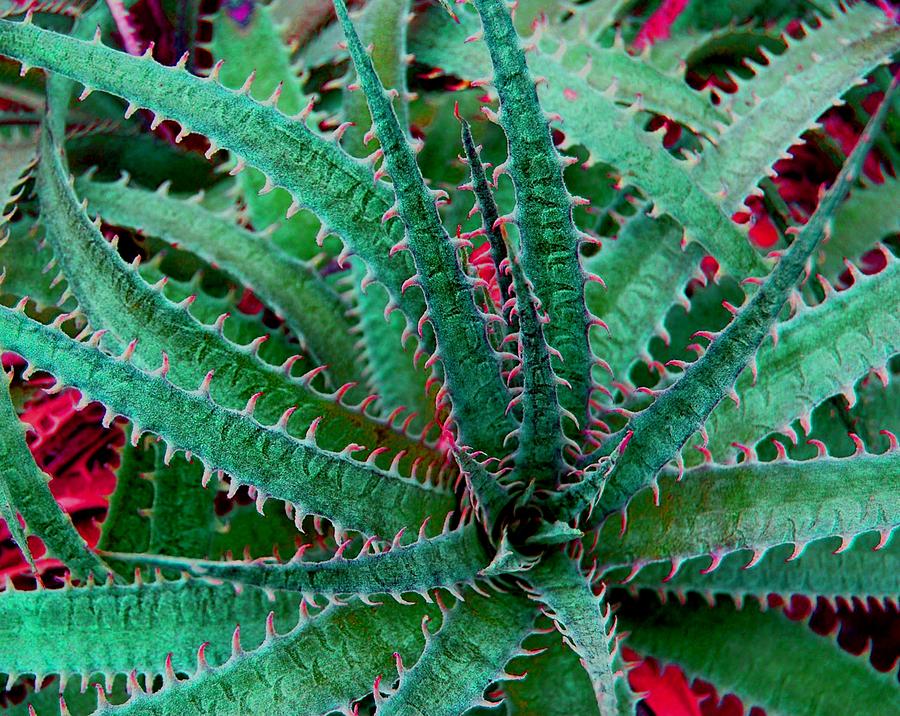

If you don't reduce your watering when the weather begins to cool off, you're more likely to see root rot. Step 1: Water your cactus regularly during spring and summer, then cut back on water during fall and winter.Ĭacti grow more slowly during cool weather, which means they use less water. So here is a complete guide to caring for this twisty cacti. This means if it dies, you’ll have a more challenging time replacing it, and your wallet won’t be too happy with you either. Since this plant is rarer, you’ll have a harder time finding them and you’ll have to invest more money into obtaining one. Just be careful of the extremely sharp spines. We can’t promise it will taste good if you decide to try a bite, but it’s non-toxic if a child or pet chooses to give it a try. If you’re lucky enough to experience these blooms, you can pollinate them to produce a large, non-poisonous purple fruit. They are heavy bloomers, and the flowers they produce are show-stoppingly beautiful. The plant has a blueish-green color and feels waxy to the touch. Contrary to what people believe, not all cacti are slow growers the spiral cactus is one of the fastest-growing cacti, so you’ll be rewarded quickly for giving this plant the proper care and attention. When full-grown, the spiral cactus can reach heights of 6 to 13 feet tall and be 4 to 5 inches in diameter. Now it’s becoming more popular, but it’s still more challenging to find than other, less rare cacti. The spiral cactus, or Cereus forbesii, is native to Peru and for a long time was so rare that only wealthy plant enthusiasts who could afford to fund biologists had the pleasure of owning this unique and beautiful plant.

Show 1 more item What is the spiral cactus?


 0 kommentar(er)
0 kommentar(er)
